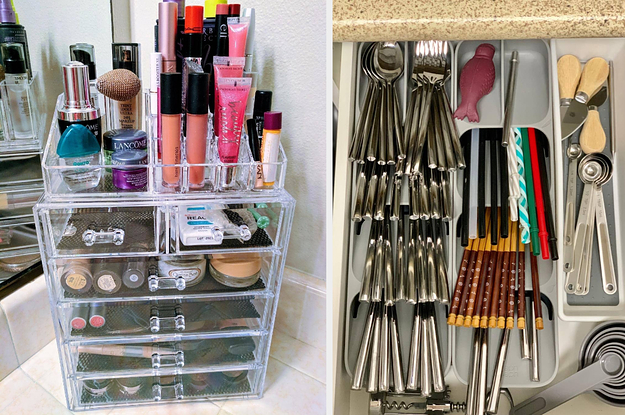Tech philosophers have been waxing verbose lately about the culture-shifting power of generative artificial intelligence (AI).
“Artificial intelligence is transforming the world,” said the Brookings Institute. “Generative AI changes everything,” the Harvard Business Review proclaimed.
And that’s true. But the biggest tech-driven culture change at the moment — far bigger than AI — is the move to remote work.
Here are the five biggest ways remote work is changing American culture.
1. How cities work
Experts have differing views about whether the remote work revolution will destroy or strengthen cities and urban living. But surveys and studies do agree that remote work has made America more suburban and exurban (areas beyond suburbs) in the sense that, during the day, more people are staying at home instead of commuting to cities.
Cities are definitely changing as a result. For example, planners transform downtowns by converting unused office space into housing. And state and local governments are re-writing the rules to enable that change.
Cities that successfully convert offices to homes will likely see urban populations grow while making cities more livable and affordable.
2. The size of houses
Remote work is increasing the size of American homes and yards. Pre-pandemic proximity to the city workplace to minimize commute time was a major priority for home buyers. So, the home-building market responded by building small, cramped housing developments in huge numbers for the commuting masses.
But now that millions of workers expect to work from home indefinitely, or at least commute less often, real estate professionals say there’s a new and overwhelming demand for bigger homes further away from headquarters. So home builders are responding to this remote-work-fueled demand by building bigger houses (with a dedicated home office or two) and bigger yards.
3. The way we travel
Before remote work, a family vacation meant finding a week or two where the whole family had time off from school and work. But after the pandemic, the ability to work from anywhere means many or even most vacations involve at least one person working full or part-time during the trip.
(People are not only taking “workcations” and engaging in “bleisure” travel, but they’re also taking what are called “hush trips,” where they don’t tell their boss or co-workers they’re away from their home office.)
Advice articles on the subject have evolved from “Never work during a vacation” to “Here’s how to work during a vacation without ruining the trip for your family.”
4. How we interact with other people
The pandemic-era rush to remote work made millions of people comfortable with video calls, mostly via Zoom or Microsoft Teams. As a result, many people started using real-time digital collaboration tools.
While video calling and remote collaboration tools have been available for many years, the work-from-home crowd now favors such tools. In contrast, before, workers favored either in-person or audio calls.
To demonstrate how mainstream these tools are, Apple added a free new app to its operating systems in December called Freeform, a real-time shared whiteboard that can also support an embedded FaceTime video call. Apple markets this to the masses — something that wouldn’t have been likely before remote work was mainstreamed using video calls and online collaboration tools.
5. Work-life balance
Companies have been talking about and striving to improve employees’ work-life balance for decades. But remote work made it happen for millions.
As I’ve pointed out before, remote workers are using the time they used to spend commuting on more care for their families and themselves, and additional time working, as well. So, working remotely improves that balance automatically.
All the trends of “quiet quitting,” the “great resignation,” “quiet constraint,” “career cushioning,” “rage applying,” and the most recent buzz phrase, “bare-minimum Mondays,” are all based on an insistence by employees that they stop sacrificing all for the companies they work for. So instead of talking about work-life balance, employees now are simply taking it.
Technology is changing culture. That’s nothing new. What is new is the pace.
And nothing has changed culture faster than the rush to remote work.
Copyright © 2023 IDG Communications, Inc.
Source link










Leave a Reply